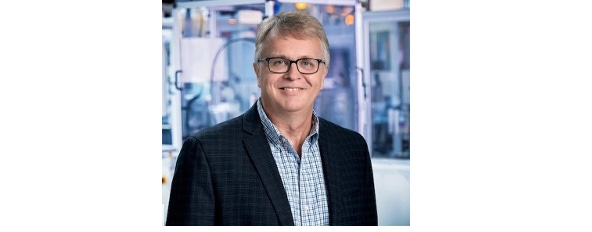Begin With the End in Mind When Developing Wearable Devices
Attendees of MD&M Minneapolis will learn how best to bring wearable biosensor devices to the medical market.
October 4, 2023

Dave Liebl, chief commercial & technology officer at Intricon, has one main piece of advice for wearable biosensor manufacturers. “If you think there's a chance that your device would be a medically approved and recognized data source for making medical diagnoses or deliver therapeutic values, then you should start the development of that product with that in mind,” he said in a recent interview with Design News. “If you focus your product development just as a consumer device and then you seek a medical regulatory approval later, you have to go back and repeat so many design activities,” he explained. “But, if you do them in parallel, you can do it for some incremental additional cost, but it's not exorbitant.”
Liebl will be speaking in the MD&M Minneapolis session, Bringing Next-Generation Wearable Biosensor Devices to the Medical Market, on Wednesday, October 11, from 11 to 11:45 a.m. in Room 101F.
He encouraged manufacturers to think about the ultimate intent of their devices, asking whether their product is truly for a full diagnostic analysis that is completely reliable and gives clinicians all the information they need, whether it is a screening device that indicates whether more testing is needed, or whether it is just for consumer interest.
“Those tiers need to be understood and explored in how you choose to develop a product; choose with the end in mind,” he said.
Another area he will explore in his session is whether the product will be sold for use in the United States or will be marketed to other countries. “When you think about designing a product for other regions of the world, you have to consider the reimbursement model there for healthcare,” Liebl explained, noting that it may be more cost-effective to make a version of the device for sale in these countries that might not have every possible feature, but is still useful, based on the reimbursement parameters.
He gave an example of a manufacturer with an advanced catheter device that was obsoleting a catheter that did the same thing 10 years ago with fewer capabilities, but the 10-year-old product was perfect for sale in India. “This firm become so effective at making it and costs were optimized so now they could fit into that region and make money, within the reimbursement structure of that region,” he said. “It was an important technology for the Indian population because they didn't have access to those technologies previously.”
Liebl would like attendees to take away three main things away from his session. First, he said, choosing how to start the development of a device is critical if it will ever be recognized as a medically approved device.
Second, he said, you have to choose the right partner if you are not doing it yourself. “The right partner who has the experience and knowledge, who knows what it takes to develop a medical device, and can accelerate time to market and minimize your overall development costs is crucial,” he said. “It is important to make sure you know who your partner is and whether they can scale from a prototype to the volumes that you're going to need ultimately when it's being sold successfully in a commercial setting.
“The third piece,” he mentioned, “is patient understanding and acceptance of your product from a design standpoint. The profile of your device and the look of your device are important elements to consider.”
Liebl concluded by saying, “I think anybody who has thought about sensor-enabled devices would benefit by coming to my session. There are paths to success that are affordable and with reasonable risk.”
Bringing Next-Generation Wearable Biosensor Devices to the Medical Market will be held on Wednesday, October 11, from 11 to 11:45 a.m. in Room 101F, at MD&M Minneapolis.
About the Author(s)
You May Also Like



.png?width=300&auto=webp&quality=80&disable=upscale)
